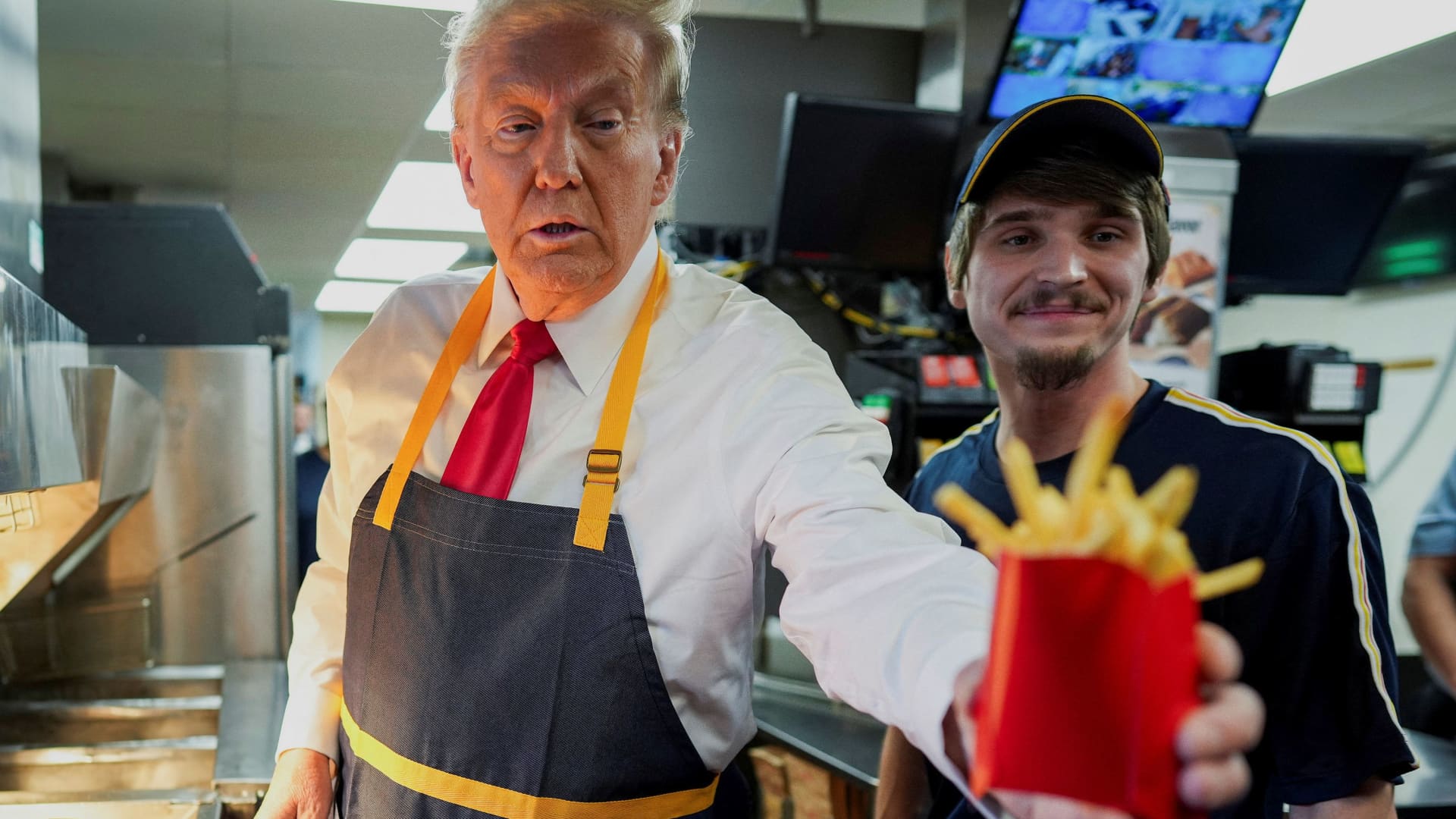McDonald’s Murky Quarter: Navigating the Storm
The fast-food industry is a tumultuous sea, and McDonald’s recent quarterly results have sent ripples through the market. The global fast-food behemoth has reported lackluster performance, leaving investors and analysts with more questions than answers. Let’s dive into the factors contributing to McDonald’s current struggles, the strategic shifts the company is undertaking, and the broader implications for the retail and fast-food sectors.
A Closer Look at the Lackluster Quarter
McDonald’s latest quarterly earnings have been far from impressive. The company missed its targets, reporting underwhelming sales and a decline in same-store sales—the first such drop since 2020. This isn’t an isolated incident but part of a broader trend affecting consumer-facing companies. McDonald’s and other retailers like Harley-Davidson have seen a decline in consumer spending, reflecting the economic uncertainty that has gripped the market.
The company’s stock has also taken a hit, despite a recent boost driven by optimism around newly launched $5 value meals. This dichotomy highlights the challenges McDonald’s faces in balancing cost-cutting measures with maintaining customer satisfaction and brand appeal. The company is walking a tightrope, trying to keep costs down without compromising the quality and experience that customers expect.
Economic Uncertainty and Shifting Consumer Behavior
The economic climate has significantly impacted consumer behavior. With inflation and economic uncertainty weighing heavily on consumers, particularly lower-income diners, spending on discretionary items like dining out has decreased. McDonald’s executives have acknowledged that the market is “pretty muted” to start 2025, indicating a challenging environment for the fast-food industry.
The decline in store traffic further underscores this trend. Economic uncertainty has made consumers more cautious, leading to a decrease in footfall at McDonald’s stores. This shift in consumer behavior is a critical factor in McDonald’s underperformance, as it directly impacts sales and revenue. The company must find ways to entice customers back into its stores, despite the economic headwinds.
Strategic Shifts and Brand Reimagining
In response to these challenges, McDonald’s has undertaken several strategic shifts to refresh its brand image and improve the customer experience. One of the most noticeable changes is the shift towards a more minimalist, gray, and neutral aesthetic in some of its stores. This redesign is part of a broader effort to appeal to a modern, more health-conscious consumer base.
The new aesthetic aims to create a more inviting and contemporary atmosphere, aligning with the evolving tastes of customers. However, this shift has not been without controversy. Some customers have criticized the new design, finding it dull and uninspiring. The company must navigate this delicate balance between modernizing its brand and maintaining the familiarity that has long been a hallmark of the McDonald’s experience. It’s a tricky tightrope to walk, but McDonald’s has a history of innovation and adaptability that could see it through.
Marketing and Brand Perception
McDonald’s recent marketing campaigns have also been a subject of interest. The “Say No More” campaign, for instance, leverages the global recognition of McDonald’s offerings, even when viewed through a “squinty gauze of paint.” This campaign highlights the brand’s ubiquity and immediate recognizability, a testament to its enduring appeal.
However, the company’s marketing efforts have not been without their share of controversies. A recent photo of a McDonald’s Quarter Pounder sparked outrage and confusion, with social media users questioning the amount of salt and pepper used in the burger. Such incidents underscore the challenges of maintaining brand consistency and customer satisfaction in an era of heightened scrutiny and social media activism. McDonald’s must tread carefully, ensuring that its marketing efforts resonate with customers while avoiding unnecessary controversy.
The Broader Retail Landscape
McDonald’s struggles are not unique but reflect broader trends in the retail sector. Gloomy retail earnings across the board indicate that consumers are feeling the pinch of economic uncertainty. Companies across various sectors are grappling with similar challenges, from declining sales to shifting consumer preferences.
The fast-food industry, in particular, faces unique challenges. As consumers become more health-conscious and environmentally aware, traditional fast-food chains must adapt to meet these evolving demands. McDonald’s efforts to introduce healthier menu options and sustainable packaging are steps in the right direction, but they are not without their hurdles. The company must continue to innovate and adapt, ensuring that it stays relevant in a rapidly changing market.
The Road Ahead: Navigating the Murky Waters
McDonald’s current challenges are a microcosm of the broader economic and consumer trends shaping the retail and fast-food sectors. The company’s lackluster quarter is a wake-up call, highlighting the need for strategic adaptation and innovation in the face of economic uncertainty and shifting consumer preferences.
As McDonald’s navigates these murky waters, it must continue to balance cost-cutting measures with maintaining brand appeal and customer satisfaction. The company’s efforts to modernize its brand and introduce healthier options are steps in the right direction, but they are just the beginning. The road ahead is fraught with challenges, but with strategic foresight and a deep understanding of consumer behavior, McDonald’s can emerge stronger and more resilient.
In the end, McDonald’s story is one of adaptation and resilience. The company has weathered numerous storms over the decades, from economic downturns to shifting consumer preferences. As it stands at the crossroads of change, McDonald’s must draw on its rich history of innovation and adaptability to chart a course forward. The murky waters of the current market present challenges, but they also offer opportunities for growth and reinvention. The fast-food giant’s ability to navigate these challenges will determine its success in the years to come. The future is uncertain, but one thing is clear: McDonald’s will continue to be a significant player in the fast-food industry, adapting and evolving to meet the demands of a changing market.

